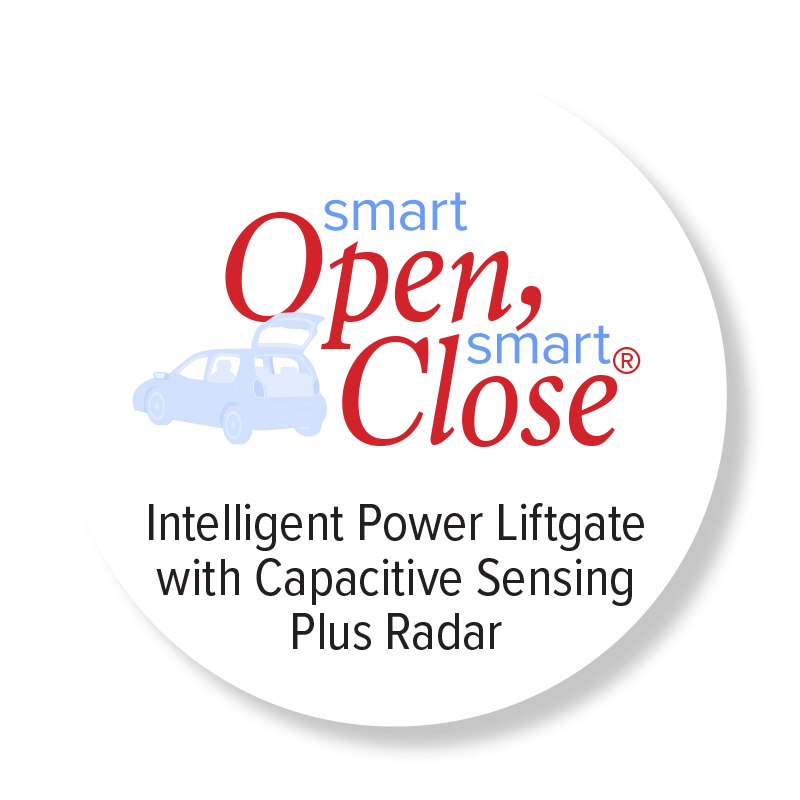Unlock the Power of Auto Location: Precision and Convenience Redefined
In an increasingly interconnected world, the ability to pinpoint and utilize location data automatically has become a cornerstone of modern technology. Auto location, the seamless and often imperceptible process of determining a device or object's geographical position without manual input, is revolutionizing industries and transforming our daily lives. This comprehensive exploration delves into the intricacies, applications, and future potential of this powerful technology.
The Fundamentals of Auto Location Technology
At its core, auto location relies on a sophisticated interplay of hardware and software. Various technologies contribute to its accuracy and efficiency, each with its own strengths and limitations. The most prevalent of these include:
- Global Positioning System (GPS): A satellite-based navigation system providing highly accurate location data outdoors.
- Wi-Fi Positioning System (WPS): Utilizing the unique identifiers of nearby Wi-Fi networks to estimate location, particularly effective indoors.
- Bluetooth Low Energy (BLE) Beacons: Small, low-power transmitters that broadcast signals, allowing nearby devices to determine proximity and, in some cases, precise location.
- Cell Tower Triangulation: Estimating location based on the signal strength and proximity to cellular towers, offering broader coverage but generally lower accuracy.
- Inertial Measurement Units (IMUs): Sensors like accelerometers and gyroscopes that track movement and orientation, often used in conjunction with other technologies to refine location accuracy and provide dead reckoning capabilities when satellite signals are unavailable.
- Fused Location Providers (FLPs): Advanced systems that intelligently combine data from multiple sources (GPS, Wi-Fi, Bluetooth, sensors) to provide the most accurate and reliable location information possible, optimizing for power efficiency and context.
The integration of these technologies, often managed by sophisticated algorithms and machine learning models, enables the seamless and accurate auto location experiences we encounter daily.
The Multifaceted Applications of Auto Location
The impact of auto location spans a vast array of industries and applications, fundamentally changing how businesses operate and individuals interact with the world around them.

Navigation and Mapping
Perhaps the most familiar application is in navigation. Auto location powers real-time mapping applications, providing turn-by-turn directions, traffic updates, and estimated arrival times. This has revolutionized personal travel and logistics management, enabling efficient route planning and delivery services.
Logistics and Supply Chain Management
Auto location is crucial for modern logistics. Businesses can track the real-time movement of goods, vehicles, and personnel, optimizing supply chains, improving efficiency, and enhancing security. Asset tracking through auto location minimizes loss and provides valuable insights into operational workflows.
Enhanced User Experiences
Mobile applications leverage auto location to provide contextually relevant experiences. This includes location-based recommendations for restaurants, shops, and points of interest, personalized content delivery, and location-aware gaming experiences. The ability to tailor digital interactions based on a user's physical location significantly enhances engagement and convenience.
Emergency Services and Safety

Auto location plays a critical role in emergency response. The ability to automatically pinpoint the location of a person in distress can significantly reduce response times and improve outcomes. Features like emergency SOS and location sharing are vital safety tools.
Marketing and Advertising

Location-based services enable businesses to target potential customers with relevant offers and promotions based on their proximity. Proximity marketing leverages auto location technologies like Bluetooth beacons and geofencing to deliver timely and personalized messages, enhancing marketing effectiveness.
Smart Cities and Urban Planning
Auto location data contributes to the development of smart cities by providing insights into traffic flow, pedestrian movement, and resource utilization. This information can be used for urban planning, infrastructure development, and the optimization of public services.
Healthcare and Remote Monitoring
In healthcare, auto location can be used for tracking medical equipment, monitoring patient locations within facilities, and even enabling remote patient monitoring through wearable devices. This improves efficiency, safety, and the quality of care.
Agriculture and Environmental Monitoring
Auto location technologies are being deployed in agriculture for precision farming, tracking livestock, and monitoring environmental conditions. This enables more efficient resource management and sustainable practices.

The Future of Auto Location: Innovation and Beyond
The field of auto location continues to evolve rapidly, driven by advancements in sensor technology, artificial intelligence, and network infrastructure. Future trends and potential developments include:
- Enhanced Accuracy and Reliability: Continuous improvements in sensor fusion and algorithms will lead to even more precise and reliable auto location data, even in challenging environments.
- Indoor Positioning Advancements: Significant progress is being made in improving the accuracy and scalability of indoor positioning systems, opening up new possibilities for applications within buildings and enclosed spaces.
- Context-Aware Computing: Auto location will become increasingly integrated with other contextual data, such as time, activity, and user preferences, to provide even more intelligent and personalized experiences.
- The Metaverse and Spatial Computing: Auto location will be a fundamental component of immersive digital environments, enabling seamless interaction and navigation within virtual and augmented reality spaces.
- Privacy and Security Considerations: As auto location becomes more pervasive, ensuring user privacy and data security will be paramount. Advancements in anonymization techniques and user control over location data will be crucial.
- Integration with IoT Devices: The proliferation of Internet of Things (IoT) devices will lead to a vast network of interconnected objects with auto location capabilities, enabling new forms of automation and data collection.


The ongoing innovation in auto location promises to unlock even greater levels of convenience, efficiency, and personalization across a multitude of domains, shaping the future of how we interact with technology and the physical world.
Comments
Post a Comment